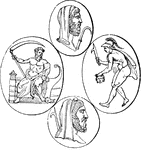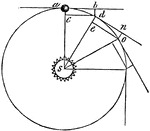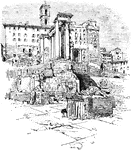Clipart tagged: ‘saturn’
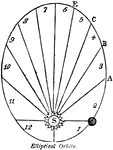
Elliptical Orbit
"The elliptical circle being supposed to be the Earth's orbit, with the Sun, S, in one of the foci.…
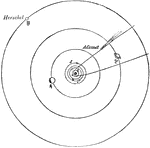
Planet Distance
"Relative distance of the Planets. Having now given a short account of each planet composing the solar…
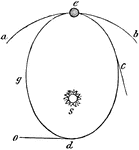
Planet Motion
"Elliptical Orbits.—It has been supposed that the Sun's attraction, which constitutes the Earth's…
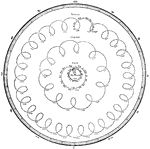
Planet Rotations
"The motion of Saturn, Jupiter, and Mars with respect to Earth." — Encyclopedia Britanica, 1893

Rhea
The daughter of Caelus and Terra, or Heaven and Earth; the wife of Saturn, and mother of Jupiter, Juno,…
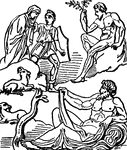
Rhea
The daughter of Caelus and Terra, or Heaven and Earth; the wife of Saturn, and mother of Jupiter, Juno,…
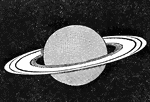
Saturn
"Saturn is the 6th of the major planets in order of distance from the sun, and the outermost known to…

Saturn
One of the major planets, which is siexth in distance from the sun. It is the second planet in size,…
